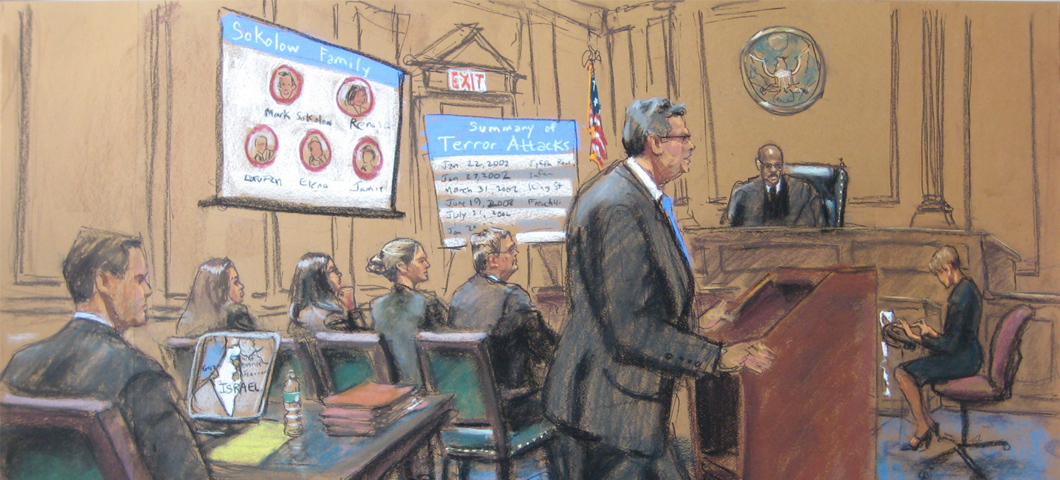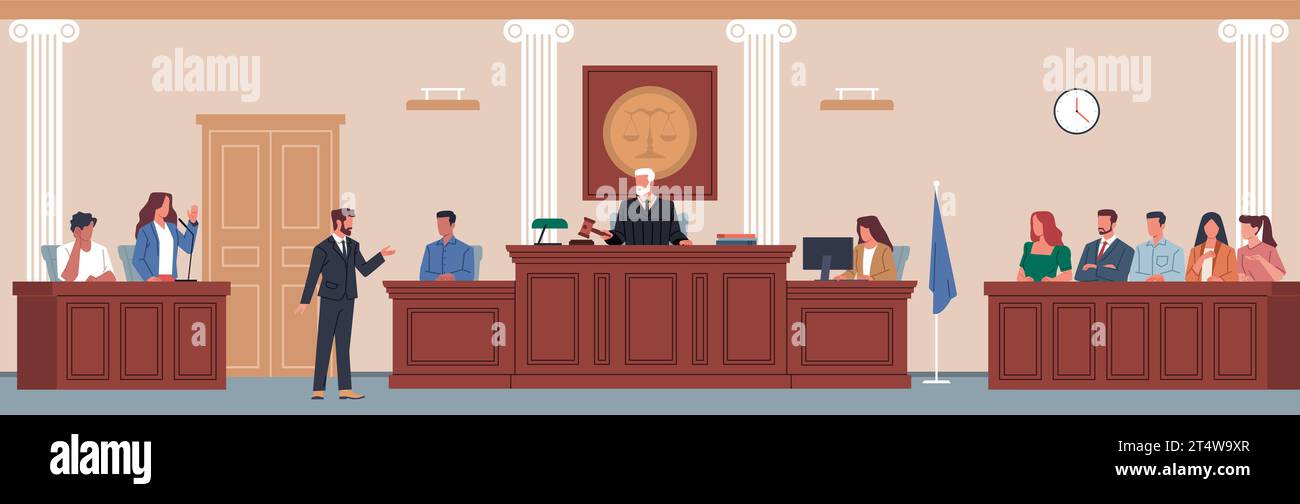Trial Presentation Your Ally for Effective Evidence Demonstration in Court
Trial Presentation Your Ally for Effective Evidence Demonstration in Court
Blog Article
Opening the Secrets of Effective Test Discussions: A Detailed Approach
In the world of lawful method, the performance of test discussions can usually determine the end result of an instance. A detailed technique that includes comprehending the audience, crafting compelling stories, and using reliable shipment techniques is necessary for lawyers intending to make a long lasting influence. By tactically tailoring discussions and using visual aids, one can streamline complex legal debates and boost involvement. The nuances of preparing for unpredictable questions and preserving composure call for additional exploration, as they are vital to mastering the art of persuasion in the court.
Comprehending Your Target Market
Comprehending your target market is an important component of providing an effective test presentation. Knowing that will be receiving the details enables speakers to tailor their strategy properly, making sure that the message reverberates with jurors, courts, and other stakeholders. This involves not just identifying their group attributes yet additionally recognizing their worths, ideas, and prospective prejudices that may influence their assumptions.
Study indicates that jurors commonly bring individual experiences and presumptions right into the courtroom. It is essential to involve with them on a relatable level, offering debates that align with their perspectives while simultaneously testing them respectfully. The ability to expect their concerns and concerns can considerably boost the persuasiveness of the presentation.
Moreover, an effective test discussion needs an understanding of the jurors' interest spans and cognitive handling styles. By leveraging this audience insight, attorneys can construct a narrative that is not just engaging yet also unforgettable, ultimately guiding jurors toward a favorable choice.
Crafting Compelling Stories

To produce a reliable narrative, lawyers ought to start by recognizing the core message they want to share (trial presentation). This message should be clear and constant, enabling jurors to adhere to the story without complication. Incorporating relatable personalities, brilliant descriptions, and psychological arcs can substantially boost the narrative, making it a lot more remarkable and convincing
Furthermore, it is vital to provide the story in a sensible sequence. Making use of sequential order or thematic organization can assist jurors understand the unfolding occasions and their effects. Lawyers should also bear in mind the pacing, ensuring that crucial moments receive suitable focus while preserving the total flow of the discussion.
Ultimately, a compelling narrative can connect the space in between legal complexities and human experiences, allowing jurors to connect with the situation on both intellectual and emotional degrees. This connection can considerably affect their considerations and the final outcome of the trial.
Aesthetic Help and Modern Technology
Efficient use aesthetic help and technology can considerably enhance trial discussions, supplying jurors with clear and interesting representations of intricate information - trial presentation. By incorporating properly designed charts, graphs, and pictures, lawyers can distill intricate information into digestible styles that promote understanding. Such aesthetic components offer not just to highlight bottom lines but additionally to enhance the narrative established during the test
In addition, innovation can boost interactivity, enabling real-time demonstrations or simulations that can vividly illustrate events or situations significant to the instance. Tools such as video see here now clip evidence, interactive timelines, and 3D versions can bring a sense of realistic look that fixed presentations do not have. These advancements not just record interest but additionally help in memory retention, ensuring that jurors can remember essential information during deliberation.
It is essential, nonetheless, to use these help carefully. Straining jurors with too much information or extremely intricate visuals can bring about confusion instead of clearness. Rather, a strategic selection of relevant visuals, coupled with concise descriptions, can create a much more persuasive and impactful discussion. Inevitably, when incorporated thoughtfully, aesthetic aids and technology can play a pivotal role in accomplishing desirable end results in test settings.
Efficient Shipment Methods
A lawyer's delivery techniques can dramatically affect the impact of their trial discussions. To develop reputation and involve the jury, attorneys need to more information master different distribution methods. Trick amongst these strategies is maintaining eye contact, which fosters a link with jurors and improves the persuasiveness of the disagreement. Additionally, the attorney's voice modulation-- differing pitch, tone, and quantity-- can emphasize vital points and share feeling, making the discussion much more engaging.
Body movement likewise plays an important duty. trial presentation. Certain pose and purposeful motions reinforce the talked word, while avoiding disruptive motions can maintain the jury concentrated on the message. Pauses, purposefully used, allow jurors to absorb intricate information and create anticipation wherefore complies with
Furthermore, a lawyer should tailor their distribution to the audience, taking into consideration variables such as juror demographics and instance specifics. This customization aids make certain that the message reverberates extra deeply. Lastly, practicing the discussion before peers can offer beneficial feedback on shipment design, making it possible for improvements that enhance efficiency. By sharpening these distribution methods, attorneys can considerably raise their test discussions and enhance their chances of success.
Getting Ready For Q&A Sessions
Grasping shipment methods lays a strong structure for an attorney's performance in trial discussions, Read Full Article but just as essential is the prep work for Q&A sessions that commonly comply with. Efficient prep work for these sessions makes certain that attorneys can resolve questions with confidence and persuasively, reinforcing their disagreements and maintaining credibility.


To prepare, attorneys must prepare for prospective inquiries from jurors, opposing advise, and courts. This entails a comprehensive testimonial of situation products and comprehending the opposing disagreements. Developing a list of feasible inquiries assists in developing exact, concise reactions that directly deal with the issues increased.
Additionally, attorneys should exercise their feedbacks, either via simulated Q&A sessions or by involving coworkers for feedback. This method not just increases confidence however also assists fine-tune distribution and tone, making certain clarity under pressure.
Conclusion
In conclusion, effective trial discussions pivot on a multifaceted approach that includes a deep understanding of the audience, the growth of compelling stories, and the strategic usage of aesthetic help and technology. Efficient shipment techniques and detailed preparation for anticipated concerns further enhance the presentation's effect. By incorporating these components, lawful professionals can considerably boost their capability to interact convincing debates, inevitably influencing juror understanding and decision-making in the court.
Report this page